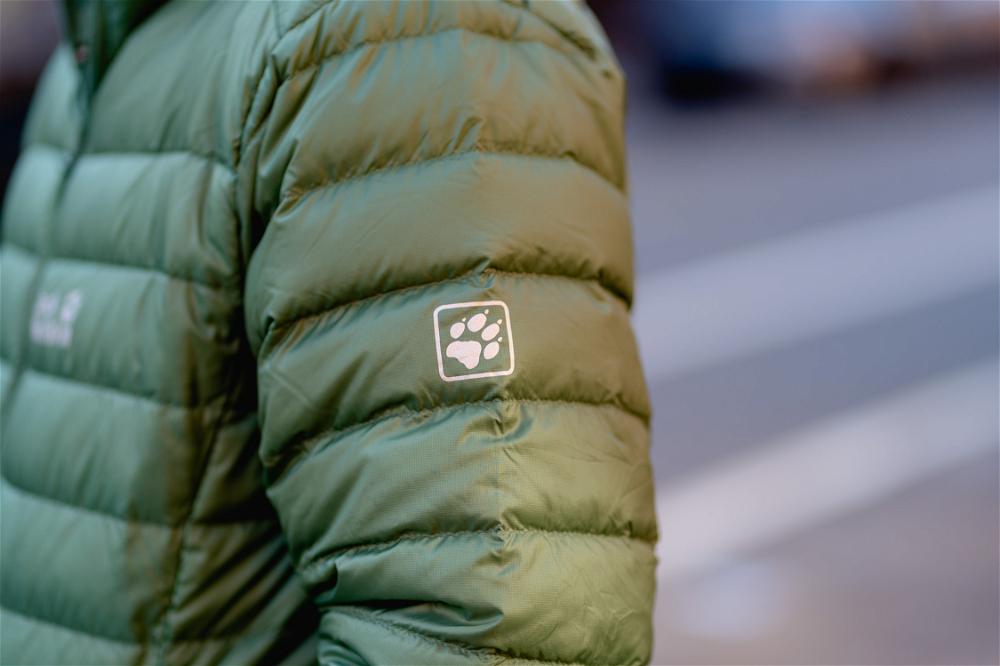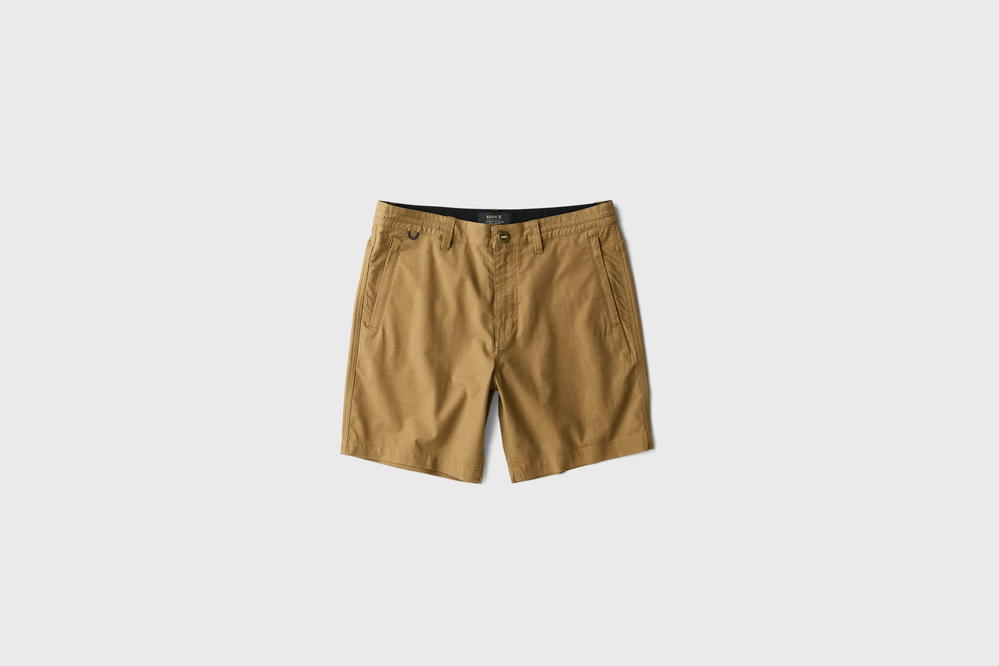Hiking Carriers Review Criteria

See how we score hiking carriers across detailed criteria with weighted ratings.
This article may contain affiliate links. We earn a small commissions when you purchase via those links — and it's free for you. It's only us (Becca & Dan) working on this website, so we value your support! Read our privacy policy and learn more about us.
Table of contents
- Scoring Overview
- Comfort for child (12%)
- Comfort for parent (12%)
- Safety & stability (14%)
- Ease of use (9%)
- Portability & storage (8%)
- Durability under real travel & trail use (10%)
- Cleanability & maintenance (7%)
- Adjustability as kids grow (8%)
- Storage capacity for essentials (8%)
- Ventilation & heat management (7%)
- Load stability & balance (7%)
- Travel-day convenience (6%)
- Overall value for price (2%)
- Related Reviews
- Where to go next
This page details the specific criteria we use when reviewing hiking carriers. Each criterion has a weight that contributes to the overall score. Learn more about how our scoring system works.
Scoring Overview
Each criterion below is weighted as a percentage of the total score. We evaluate each product on a scale of 1 to 5 for every criterion, then multiply by the weight to calculate the final rating.
Comfort for child (12%)
Can your child nap comfortably in this carrier during long hikes? I’m evaluating seat structure and padding quality because trail comfort is more demanding than urban travel. I’m checking leg support and circulation to ensure legs don’t get pinched or cut off during long carries. I’m testing adjustable stirrups since proper foot support prevents dangling legs. I’m assessing sunshade coverage because hiking means extended sun exposure. I’m evaluating nap capability by checking chin pad quality, head support and recline angle. I’m also testing ventilation around the child’s back and head since overheating becomes a real problem on uphill climbs. Trail comfort is dramatically more demanding than soft carriers, so this category matters a lot.
Comfort for parent (12%)
Can you wear this all day on trail without wanting to take it off? I’m evaluating adjustable torso length because proper fit determines whether the weight transfers to your hips or sits on your shoulders. I’m checking hip belt padding and weight transfer efficiency since that’s where hiking carriers excel over soft carriers. I’m testing shoulder strap quality and padding density. I’m assessing back panel ventilation and heat management because you’re generating serious heat while carrying a child uphill. I’m evaluating comfort during elevation changes and long climbs since that’s when carriers get tested most. I’m also checking swing weight and balance to see how it feels when the child shifts or moves. Trail comfort is dramatically more demanding than urban travel, so this gets weighted accordingly.
Safety & stability (14%)
Hiking carriers must remain stable with shifting terrain and shifting child weight. I’m evaluating secure child harness systems with proper five-point attachment. I’m checking sturdy aluminum frame stability because flimsy frames fail on uneven ground. I’m testing tip resistance on uneven terrain since hiking involves rocks, roots and slopes. I’m assessing kickstand stability when loading and unloading because that’s when accidents happen. I’m checking certifications including JPMA and ASTM standards. I’m evaluating sidewall height and protection to ensure the child can’t fall out. I’m testing for pinch points or exposed hard edges that could cause injury. A hiking carrier must remain stable even when the child moves suddenly or you’re navigating tricky terrain.
Ease of use (9%)
Parents often use hiking carriers while tired, sweaty or balancing gear, so ease matters. I’m testing how quickly you can load and unload a child because you’ll do this multiple times per hike. I’m evaluating kickstand deployment speed and security since that’s a critical step. I’m checking adjustment clarity for torso length and hip belt because you need to dial in fit quickly. I’m testing ease of switching between caregivers since partners often have different builds. I’m evaluating how intuitive the carrier feels on first use. We like to think you need a PhD in baby items, so how true is that here? I’m also checking folding mechanism if applicable since some carriers collapse for travel. The best hiking carriers work immediately without instruction manuals.
Portability & storage (8%)
Hiking carriers are bulkier than soft carriers, but travel still matters. I’m evaluating folded dimensions because you need to transport this to trailheads. I’m testing fit in car trunks and overhead bins since some semi-compact models actually fit overhead. I’m checking weight since anything over about 7 pounds starts to feel heavy on trail days. I’m assessing carry handles and grab points for moving the carrier when it’s not on your back. I’m testing ability to strap onto luggage or backpacks when flying. The smaller, lighter and easier to transport, the better for travel-oriented families. This matters more than people realize when combining flying with hiking trips.
Durability under real travel & trail use (10%)
Hiking carriers must survive both airports and rugged outdoor use. I’m evaluating frame toughness under bumps, drops and tight trails because frames take real abuse. I’m testing fabric abrasion resistance since carriers rub against rocks, trees and pack straps constantly. I’m checking zipper durability under stress from overstuffing and trail grit. I’m assessing UV resistance since sun degradation is a real problem with extended outdoor use. I’m evaluating structural integrity after repeated hikes to see if frames loosen or wobble. I’m testing for squeaking, wobbling or looseness over time since those failures make carriers unusable. These products take abuse that soft carriers never see, so durability matters more here.
Cleanability & maintenance (7%)
Trails are messy, so cleanability matters more than typical travel baby gear. I’m evaluating removable drool pads and how easy they are to wash. I’m testing washable seat inserts and chin pads since those get dirty fast. I’m checking dirt, mud and dust cleanup performance because hiking means constant grime. I’m assessing how quickly fabrics dry after washing or getting wet. I’m evaluating ease of cleaning straps and buckles since those accumulate sweat and dirt. I’m also testing whether the carrier can handle rough cleaning routines without falling apart. Cleaning should be simple, not a chore that parents avoid.
Adjustability as kids grow (8%)
Important for long-term use since hiking carriers are expensive investments. I’m evaluating harness height adjustment to see how much range you get as kids grow. I’m checking seat height and depth adjustability. I’m testing stirrup length adjustment since proper foot support changes with age. I’m assessing weight limit and realistic comfort limit because those are different numbers. I’m evaluating fit range for different parent body sizes since partners often share carriers. I’m testing longevity across multiple ages to see if it works from about 6 months to 4 years. The best hiking carriers grow with your child instead of becoming obsolete after a year.
Storage capacity for essentials (8%)
Parents often hike without a second backpack, so storage matters. I’m evaluating volume of built-in pockets and how much you can actually carry. I’m testing access while wearing the carrier since you need to reach snacks and water without taking it off. I’m checking separate compartments for snacks, diapers and water because organization prevents digging. I’m assessing hydration bladder compatibility since that’s an excellent bonus feature for long hikes. I’m evaluating compression straps for securing extra layers. I’m testing hip belt pockets for fast access to small items. The question is whether you can carry everything you need for a day hike without a separate pack.
Ventilation & heat management (7%)
Critical for both parent and child since hiking generates serious heat. I’m evaluating back panel ventilation to see how well air flows between you and the carrier. I’m testing child airflow through mesh sidewalls since kids overheat faster than adults. I’m checking heat dissipation during uphill climbs when you’re working hardest. I’m assessing sweat absorption and drying performance because wet fabric becomes uncomfortable fast. I’m evaluating whether the carrier traps heat or allows airflow. This heavily impacts real comfort during long hikes, especially in warm weather. A carrier that overheats becomes unusable fast.
Load stability & balance (7%)
Hiking often involves uneven footing, so stability matters more than urban travel. I’m evaluating swing weight when the child shifts because sudden movements can throw off balance. I’m testing side-to-side stability on uneven terrain. I’m checking how well weight stays centered even when navigating rocks or roots. I’m assessing feel during descents and rocky terrain since that’s when balance gets tested most. I’m evaluating whether the carrier feels stable when the child moves suddenly or you’re stepping over obstacles. A hiking carrier must feel stable even when conditions are unpredictable. This separates great carriers from frustrating ones.
Travel-day convenience (6%)
While hiking is the primary use, these still go through airports. I’m evaluating ease of gate-checking including how well it survives baggage handling. I’m testing seat and kickstand locking to ensure they don’t deploy accidentally during transit. I’m checking how manageable it is in security lines since you’ll need to remove it for screening. I’m assessing ability to carry the child through transitions from airport to taxi to trail. I’m testing how well it packs when not wearing it since you’ll need to store it during flights. Travel logistics matter when combining flying with hiking, so this category helps differentiate carriers that handle both well.
Overall value for price (2%)
Where does this carrier land on price versus years of use, durability and resale potential? I’m evaluating cost relative to longevity since hiking carriers should last years. I’m testing whether features justify the price tag. I’m checking resale potential and brand support. I’m assessing durability expectations versus cost. Build quality, longevity and warranty coverage all factor into whether it’s worth the cost.
Related Reviews
Here are our reviews of hiking carriers that use these scoring criteria:
Where to go next
- Return to the Review Scoring System overview
- Go to our Gear Reviews for everything that we’ve reviewed.
- Contact us or work with us.
🎒 Found the right gear?
We research and test the gear we recommend, so you can pack with confidence. If our suggestions improved your gear picks, treating us to a coffee keeps the reviews coming.
Help us test more gearYou may also like
-
![]()
9 Best Hiking Socks for Travel
We rate the 9 best hiking socks for travel, from lightweight merino wool socks to moisture-wicking synthetic ones. For keeping your feet dry, supported and comfy, see which brands we recommend.
-
![]()
Free Fly Men's Bamboo Fleece Hoodie Review: Perfect Cozy Layer
I tested Free Fly's bamboo fleece hoodie for travel, work-from-home and hiking. Here's why this lightweight layer became my go-to for cold mornings, flights and cool-weather trips. Is it actually lightweight?
-
![]()
Peak Design Wash Pouch Review: Leveling Up My Toiletry Bag?
The Peak Design Wash Pouch is a modern and sleek way to travel with my bathroom and shower stuff when I’m on a trip. In this review, see which features worked out for me, and if I think it’s valuable.
-
![]()
16 Smart Products for Solo Female Travelers in 2025
Are there unique products for female travelers? These smart and helpful female-specific accessories for women are for vacation, backpacking and any type of trip.
-
![]()
Jack Wolfskin Packable Down Jacket: Travel Layer Review
Is this windproof packable ultralight down jacket worth it as a travel essential? We review the Jack Wolfskin packable athletic down jacket (with travel bag) in men’s and women’s.
-
![]()
Roark Layover Pro Traveler Shorts Review: TSA-Friendly Shorts
I put the Roark Layover Pro Traveler Shorts into my rotation of performance travel shorts. I'm enjoying the TSA-friendly waistband and thoughtful pocket design. In this review, see which features I think are most prominent.







